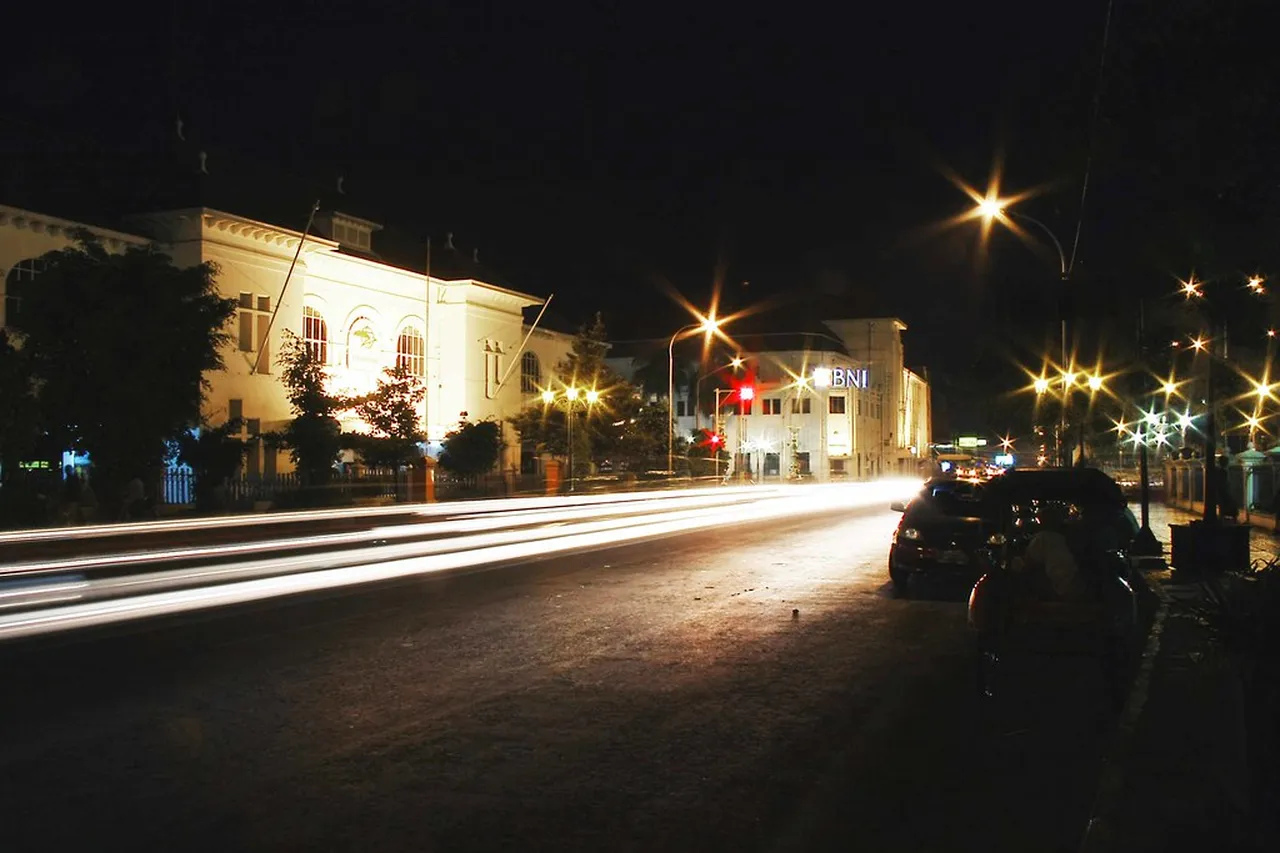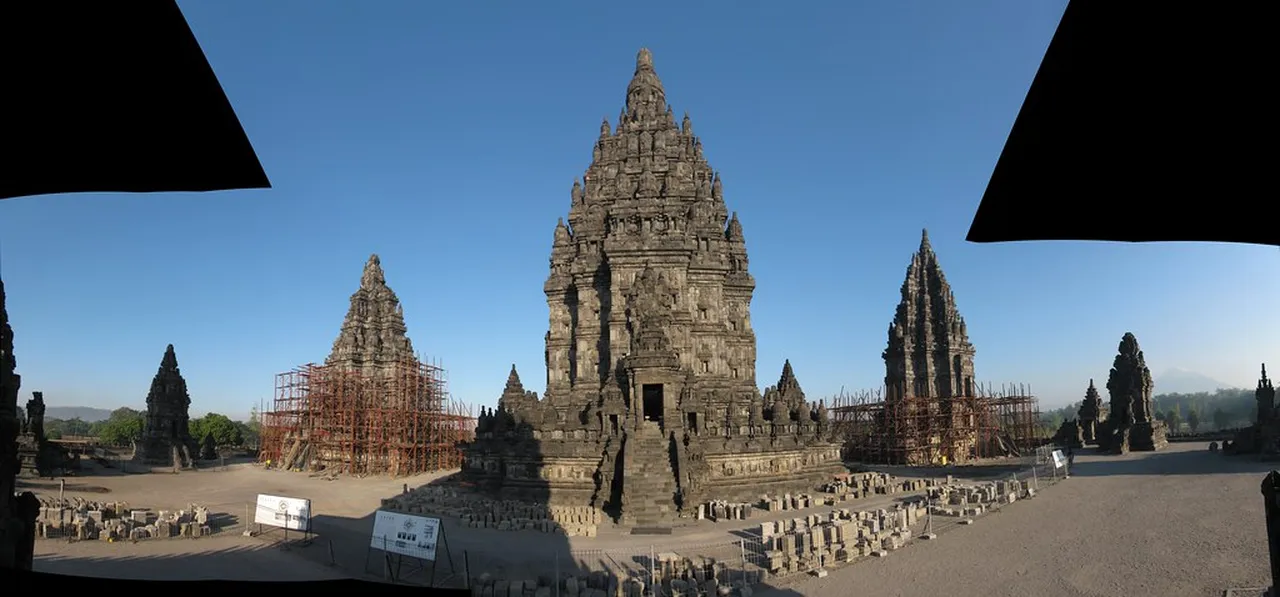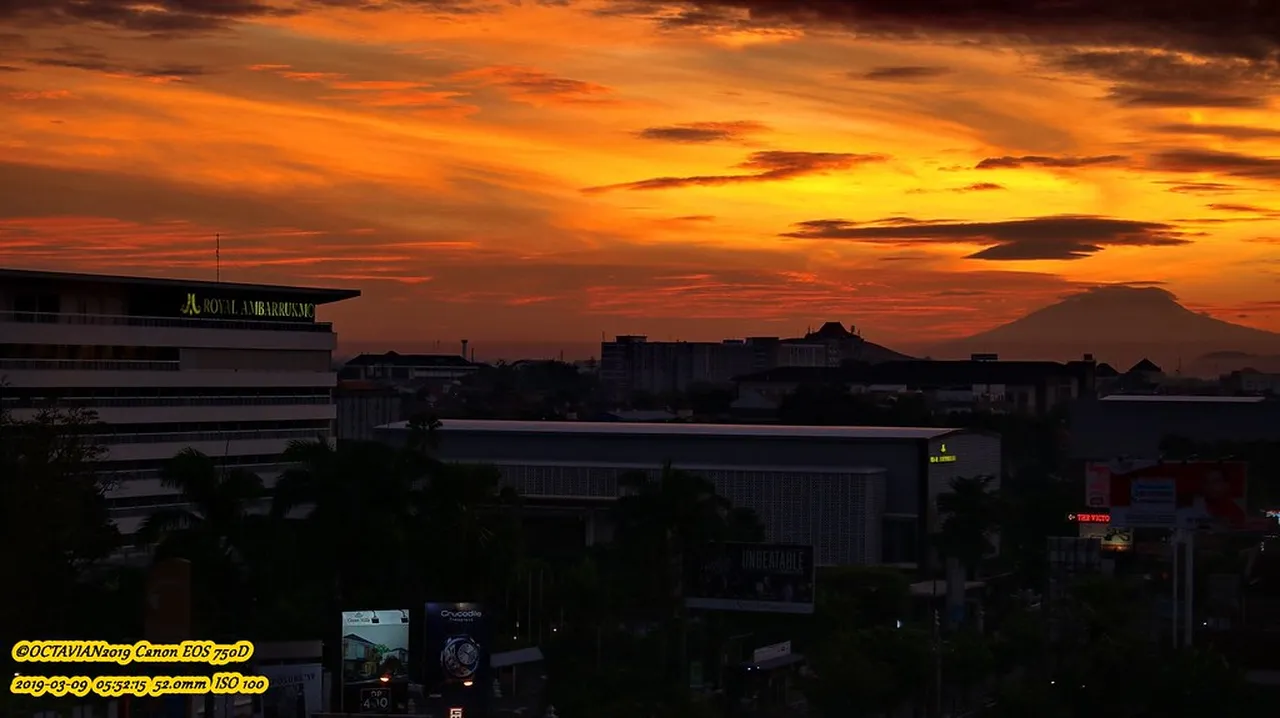
Yogyakarta Landmarks: Top 10 Must-See Attractions
Table of Contents
Yogyakarta Landmarks
Yogyakarta, also known as Jogja, is a vibrant city rich in history and culture, making it one of Indonesia’s most fascinating travel destinations. With a plethora of Yogyakarta Landmarks that showcase its unique heritage, from ancient temples to grand palaces, the city offers visitors an enchanting glimpse into the past. In this article, we will delve into the top 10 must-see Yogyakarta Landmarks that will elevate your travel experience. Whether you’re a history buff or a nature lover, Yogyakarta has something special waiting for you.
Want to find the best travel deals for this destination? unlock adventure planner with our adventure planning specialist!
1. Borobudur Temple: The Majestic Buddhist Monument

Recognized as one of the world’s greatest Buddhist monuments, Borobudur Temple is located just a short drive from Yogyakarta. This UNESCO World Heritage site, built in the 9th century, attracts thousands of visitors each year. The temple features a stunning array of relief panels and over 500 Buddha statues.
As I strolled around this magnificent structure, I was in awe of the intricate carvings that tell ancient stories. Moreover, climbing to the top platform offers breathtaking views of the surrounding landscape, particularly during sunrise. It’s a moment that feels surreal and almost spiritual.
Thus, visiting Borobudur Temple should be a top priority when exploring Yogyakarta Landmarks. Not only is it a feast for the eyes, but it’s also a deep connection to the region’s rich spiritual heritage.
2. Prambanan Temple: An Architectural Marvel of Hinduism

Next up is the stunning Prambanan Temple, which stands as the largest Hindu temple compound in Indonesia. This site, also a UNESCO World Heritage site, is dedicated to the Trimurti: the three main gods in Hinduism—Brahma, Vishnu, and Shiva. The craftsmanship that went into its creation is simply remarkable.
The temple complex features towering spires that reach for the sky, offering a dramatic silhouette against the backdrop of a clear blue sky. While walking through this historical site, visitors can also appreciate the elaborate bas-reliefs depicting the Ramayana and Mahabharata epics.
Furthermore, Prambanan hosts cultural performances that enhance your experience in Yogyakarta. Thus, adding this remarkable landmark to your itinerary is essential.
3. Sultan Palace (Keraton): The Heart of Yogyakarta’s Culture

The Sultan Palace, or Keraton, serves as both a residence for the Sultan and a living museum of Yogyakarta’s rich cultural history. It encapsulates the essence of Javanese architecture and is a significant symbol of local heritage. Upon entering, you will feel transported to a different era.
The palace complex is beautifully adorned with intricate carvings and spacious courtyards. You’ll find a collection of traditional artifacts that showcase the royal family’s history and Culture. Moreover, guided tours of the palace often include captivating tales that bring the history of the Keraton to life.
Consequently, the Sultan Palace is not just a historical landmark but also a cultural center, making it a must-visit when exploring Yogyakarta. Engaging with the local culture here adds immense value to your travel experience.
4. Taman Sari Water Castle: A Royal Retreat and Historical Site

Taman Sari Water Castle, also known as the Water Castle of Yogyakarta, is a stunning example of the region’s royal heritage. Built in the 18th century, this site served as a royal garden and bathing area for the Sultan and his family. Today, it stands as a significant landmark showcasing the artistic brilliance of Javanese architecture.
Visitors are enchanted by the beautiful ponds and intricate buildings surrounded by lush greenery. As I strolled through the castle’s pathways, I felt transported back in time. Notably, it is essential to explore the underground tunnels, which were used for various purposes, including retreats and escape routes.
Additionally, Taman Sari offers fantastic photography opportunities, especially with its historic ambiance and stunning water features. In summary, a visit to Taman Sari will deepen your understanding of Yogyakarta’s rich cultural history.
5. Malioboro Street: The Lively Hub of Shopping and Entertainment
Pro Tip: Book your Yogyakarta adventures in advance through Viator for the best deals!

Malioboro Street is undoubtedly the beating heart of Yogyakarta’s vibrant lifestyle. This bustling thoroughfare stretches over 2 kilometers and is filled with shops, street vendors, and local eateries. Here, you can experience a mix of traditional and modern goods, making it a haven for shoppers.
Transitioning from day to night, Malioboro transforms as street performers take to the sidewalks, creating a lively atmosphere. Moreover, the street is famous for its batik products, which are perfect souvenirs to bring home. Picking up some stunning batik shirts or accessories is a real treat!
Not to mention, indulging in local delicacies from the street food stalls is an absolute must. As a pro-tip, visit later in the evening for a more energetic vibe and a better selection of street food. Overall, Malioboro Street offers an unforgettable shopping and cultural experience.
6. Mount Merapi: An Adventure Enthusiast’s Paradise
Tip: Discover the best Yogyakarta experiences with Viator Tours!
For adventure enthusiasts, Mount Merapi is a must-visit landmark in Yogyakarta. Known as one of Indonesia’s most active volcanoes, it offers breathtaking views and thrilling opportunities for outdoor activities. Hiking the trails provides a unique experience for nature lovers and adventure seekers alike.
The trek to the summit can be challenging, but the panoramic vistas of the surrounding landscape make it worthwhile. As you ascend, be on the lookout for flora and fauna unique to the region. Additionally, hiring a local guide can enhance your experience, as they share intriguing stories about the mountain’s history and significance.
Furthermore, be sure to explore the nearby Volcano Museum to understand the geology and ongoing monitoring of Mount Merapi. Engaging in this adventure will undoubtedly create lasting memories amidst the stunning backdrop of natural beauty.
7. Gereja Sion: A Glimpse into Yogyakarta’s Dutch Colonial History
Located in the heart of Yogyakarta, Gereja Sion stands as a testament to the city’s rich Dutch colonial past. This historic church, built in the late 18th century, showcases stunning neoclassical architecture, making it a prominent landmark in the area. Moreover, its whitewashed walls and striking green accents capture the attention of many visitors.
As you enter, you’ll be greeted by a serene atmosphere, ideal for contemplation or simply appreciating its beauty. Additionally, the church often hosts cultural events, enhancing its role within the community. Notably, its location near other Yogyakarta Landmarks makes it a convenient stop during your travels.
Pro Tip: Don’t forget to bring your camera! The picturesque setting of Gereja Sion provides great photo opportunities.
8. Beringharjo Market: Experience Local Life and Culture
Tip: Discover the best Yogyakarta experiences with Viator Tours!
Beringharjo Market is the heartbeat of Yogyakarta’s local life. This bustling market offers an array of goods, from fresh produce to traditional batik fabrics. Visitors can immerse themselves in the vibrant atmosphere and connect with local vendors. Furthermore, the market’s layout can be a delightful maze to explore, making every turn an adventure.
While shopping for souvenirs, remember to haggle to get the best prices. Additionally, you can sample local Indonesian delicacies, which adds to the exciting experience. However, be prepared for crowds as it is a popular spot for both tourists and locals alike.
9. Kaliurang: Nature and Leisure Near Mount Merapi
Tip: Discover the best Yogyakarta experiences with Viator Tours!
Just a short drive from Yogyakarta, Kaliurang offers a refreshing escape into nature. Nestled at the foot of Mount Merapi, this area is perfect for outdoor enthusiasts. You can explore numerous hiking trails, which provide stunning views of the surrounding landscapes.
Moreover, Kaliurang is enriched with cool temperatures and lush greenery, making it a pleasant retreat from the city’s hustle. Families will particularly enjoy visiting the local parks and recreational areas. Additionally, there are several small restaurants where visitors can enjoy traditional Javanese meals.
Amazing Fact: Kaliurang is also known for its breathtaking sunrise views over Mount Merapi, a sight not to be missed!
10. Candi Sewu: The Enchanting Ruins of a Lost Civilization
Tip: Discover the best Yogyakarta experiences with Viator Tours!
Candi Sewu, meaning “the thousand temples,” is one of the most captivating Yogyakarta Landmarks and is located just a short distance from the famous Prambanan Temple. This ancient temple complex, believed to date back to the 8th century, is a stunning representation of Javanese architecture. As you walk among the ruins, you can’t help but feel the spiritual ambiance that still lingers in the air.
Although it may not boast as grand a reputation as other temples, Candi Sewu is remarkable for its intricate carvings and the sheer number of shrines in the area. Visitors often comment on the peacefulness of the site, which contrasts beautifully with the hustle and bustle of nearby tourist attractions. To enhance your experience, make sure to capture the breathtaking views during sunrise or sunset, as it creates an ethereal atmosphere.
Furthermore, Candi Sewu provides an opportunity to delve deeper into Java’s rich history. Surprisingly, compared to its counterparts, it is less crowded, which allows for a more personal exploration of this nearly hidden gem of a site.
Yogyakarta is a treasure trove of landmarks that beautifully encapsulate the rich history and diverse culture of Indonesia. From the stunning architecture of Borobudur to the bustling energy of Malioboro Street, each landmark tells a story waiting to be uncovered. As you plan your trip, consider which of these Iconic Yogyakarta Landmarks resonates with your interests. What unique experiences do you hope to have during your visit? Share your thoughts below, and get ready for an unforgettable journey in Yogyakarta!